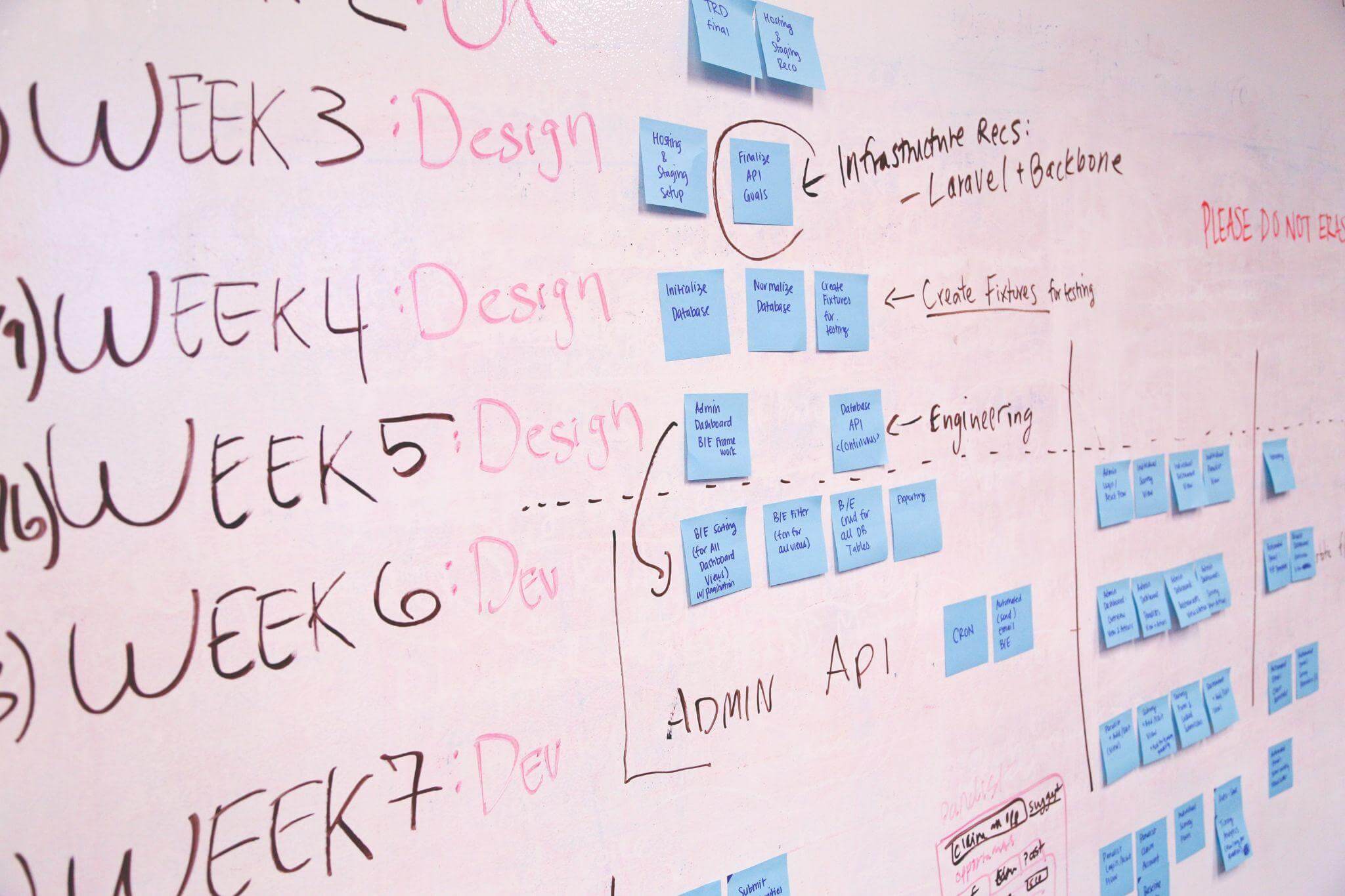Thanks to this article, we will understand what hybrid project management is, its advantages over classical approaches, and how to integrate it into the workflow with the help of a Planfix project management online tool.
The team works more productively if the business process is regulated using staff management methodologies — the processes are not chaotic but consistent, and the roles of employees are clearly distributed, which helps avoid conflicts and misunderstandings. But each teamwork management methodology has its advantages and disadvantages — and something can go wrong at any moment.

If you want to optimize the company’s work by implementing a task management methodology but not facing risks, combine the methods, taking the best elements of each. In short, take a hybrid approach.
Contents
What Is Hybrid Management?
Before starting work on a project, it is worth building a CRM, a control system, and a task management system strategy – distributing stages, roles, etc. Then the work will be well-coordinated, and the processes will be consistent – each action goes one after another. To do this, you need to choose one of the methodologies which have its own sets of methods and techniques for optimizing work:
- agile is a methodology that adapts to changes in processes;
- waterfall methodology with strict regulations and stages of work;
- and a hybrid methodology.
A hybrid approach is a golden mean because it combines methodologies, taking the best elements of each. As a result, you work productively because the processes are consistent, like in Waterfall, but without hard limits and not restrictions, like in Agile.
How to Switch to Hybrid Management?
Here are some main tips on transferring your project management system into a hybrid one.
Learn Methodologies
Analyze the advantages and disadvantages of Agile and Waterfall and choose elements from each that will help you optimize your business processes. Then, combine the parts into a single control method, which will be a hybrid of the two.
Imagine you are a project manager at an SMM agency working on ten projects monthly. Your responsibility is to close the project on time, so the client is satisfied with the finished work. But because there are many projects, the team’s focus is blurred, all tasks are done in a row, and there is no system.
You realized that there are failures in project and process management – employees need help understanding what tasks to take on in the first place, deadlines are burning, etc. Therefore, you turned to management methodologies, but Agile did not quite suit you – there is too much freedom, which again will reduce processes to the same problem. At the same time, Waterfall, on the contrary, has too many restrictions, which is unsuitable for the creative sphere.
The thought came – what if we combine the methodologies, taking the best elements? And made a list of these elements:
- documentation and regulations are important, but there are no dreary stages of approvals;
- employees know related areas;
- the tasks are done in a strict sequence, not simultaneously, and this sequence is determined in advance.
This list combines both methodologies, more precisely, only the best of these concepts and what you think optimizes processes correctly. Thus, you created your hybrid methodology. As a result, the task is performed sequentially. Actions are documented to avoid misunderstandings, there is no micromanagement, and employees reinforce each other and work as a team. And all thanks to the hybrid approach.
Discuss with the team.
We are starting to implement the methodology. Don’t make a sudden transition – employees will not be ready, and there will be misunderstandings. To get started, discuss the idea with the team and argue why it is necessary and how to improve the workflow.
In short, hybrid project management combines the best elements of two methodologies – flexible Agile and rigid Waterfall. Analyze each methodology and assemble a hybrid of those elements that you think will improve business processes and teamwork.
The next step is to discuss this with the team. The main thing is to “protect” the idea – just saying that we are working differently now will be ineffective. Instead, support your opinion with arguments – why changes are needed and how they will affect processes.
But do not forget to track the result – something is always going on, and you cannot
introduce a methodology and score. Watch how processes change and analyze whether the implementation was successful or not, as well as the reasons.



